A novel algorithm enables robots to flexibly squish, bend, or stretch for tasks such as obstacle avoidance or item retrieval.
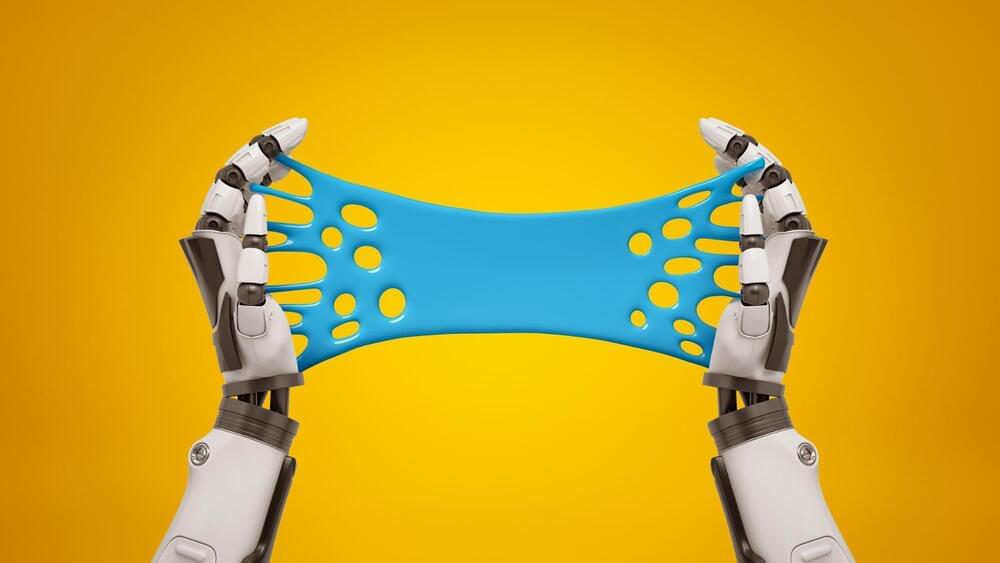


Scientists have published the most detailed data set to date on the neural connections of the brain, which was obtained from a cubic millimeter of tissue sample.
A cubic millimeter of brain tissue may not sound like much. But considering that that tiny square contains 57,000 cells, 230 millimeters of blood vessels, and 150 million synapses, all amounting to 1,400 terabytes of data, Harvard and Google researchers have just accomplished something stupendous.
Led by Jeff Lichtman, the Jeremy R. Knowles Professor of Molecular and Cellular Biology and newly appointed dean of science, the Harvard team helped create the largest 3D brain reconstruction to date, showing in vivid detail each cell and its web of connections in a piece of temporal cortex about half the size of a rice grain.
Published in Science, the study is the latest development in a nearly 10-year collaboration with scientists at Google Research, combining Lichtman’s electron microscopy imaging with AI algorithms to color-code and reconstruct the extremely complex wiring of mammal brains. The paper’s three first co-authors are former Harvard postdoc Alexander Shapson-Coe, Michał Januszewski of Google Research, and Harvard postdoc Daniel Berger.
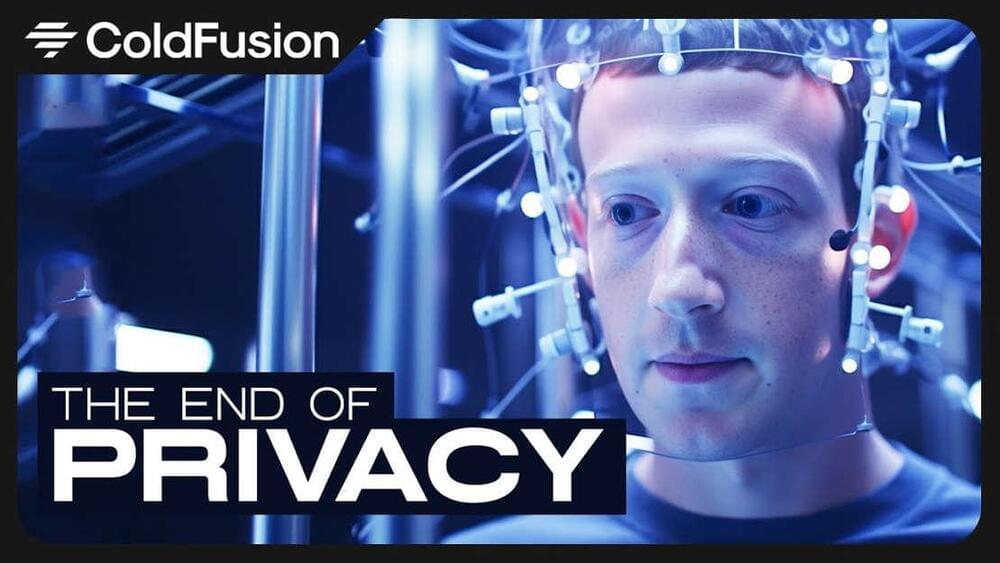
ALGORITHMS THAT DECODE IMAGES A PERSON SEES OR IMAGINES will enable visual representations of dreams a sleeper is having, and give deeper insights into emotionally disturbed or mentally ill patients.
Go to a href= https://brilliant.org/coldfusion
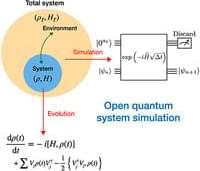
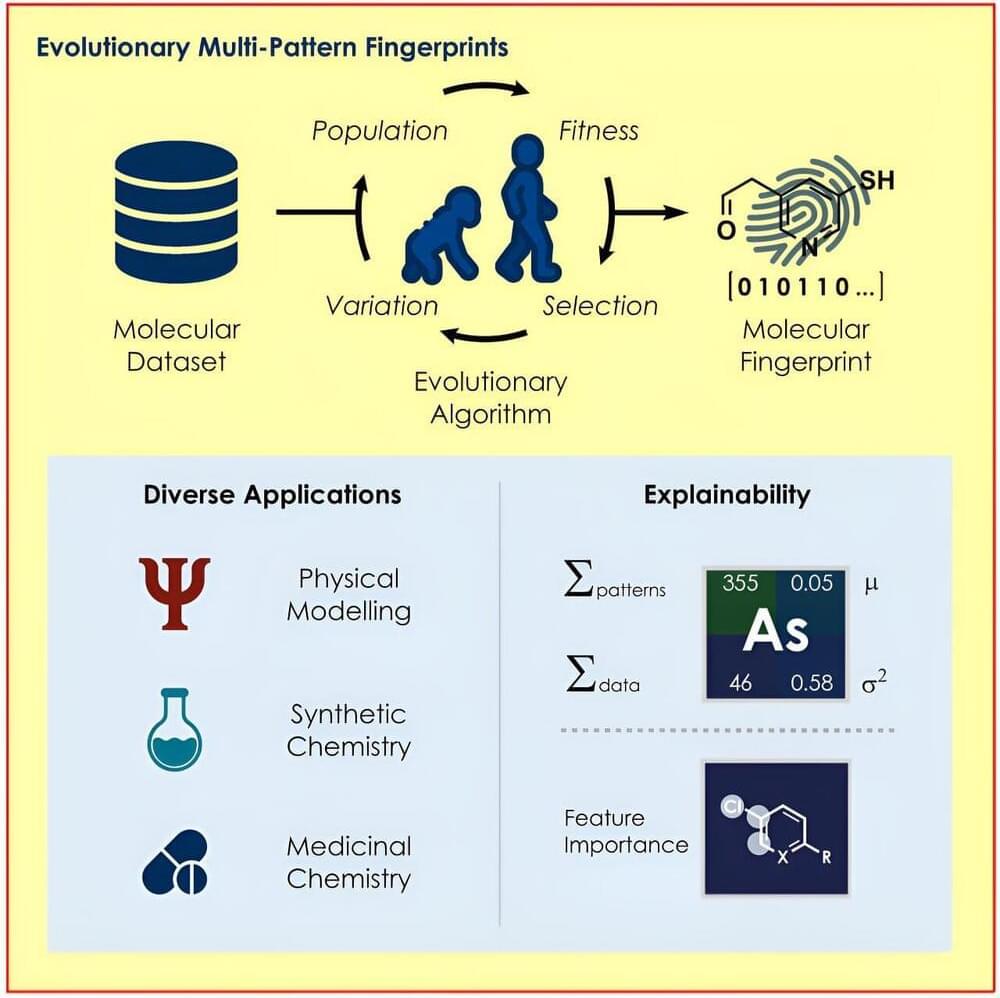
A team led by Prof Frank Glorius from the Institute of Organic Chemistry at the University of Münster has developed an evolutionary algorithm that identifies the structures in a molecule that are particularly relevant for a respective question and uses them to encode the properties of the molecules for various machine-learning models.

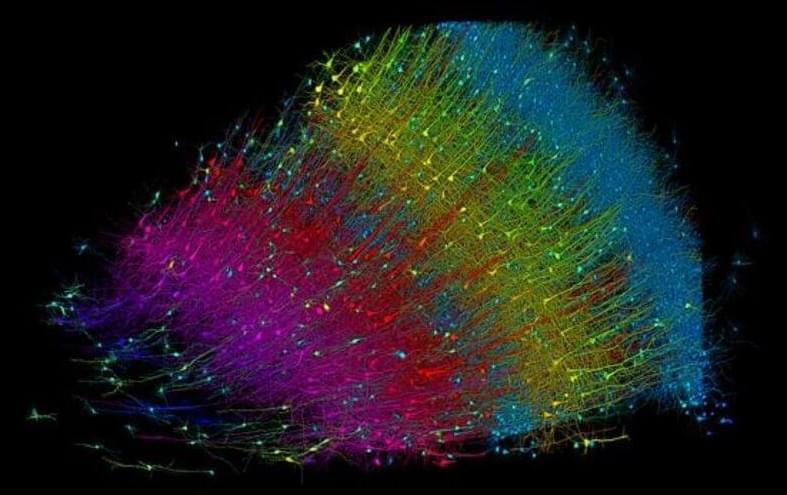
Summary: Researchers created the largest 3D reconstruction of human brain tissue at synaptic resolution, capturing detailed images of a cubic millimeter of human temporal cortex. This tiny piece of brain contains 57,000 cells, 230 millimeters of blood vessels, and 150 million synapses, which amounts to 1,400 terabytes of data.
This research is part of a broader effort to map an entire mouse brain’s neural wiring, with hopes of advancing our understanding of brain function and disease. The technology combines high-resolution electron microscopy and AI-powered algorithms to meticulously color-code and map out the complex neural connections.

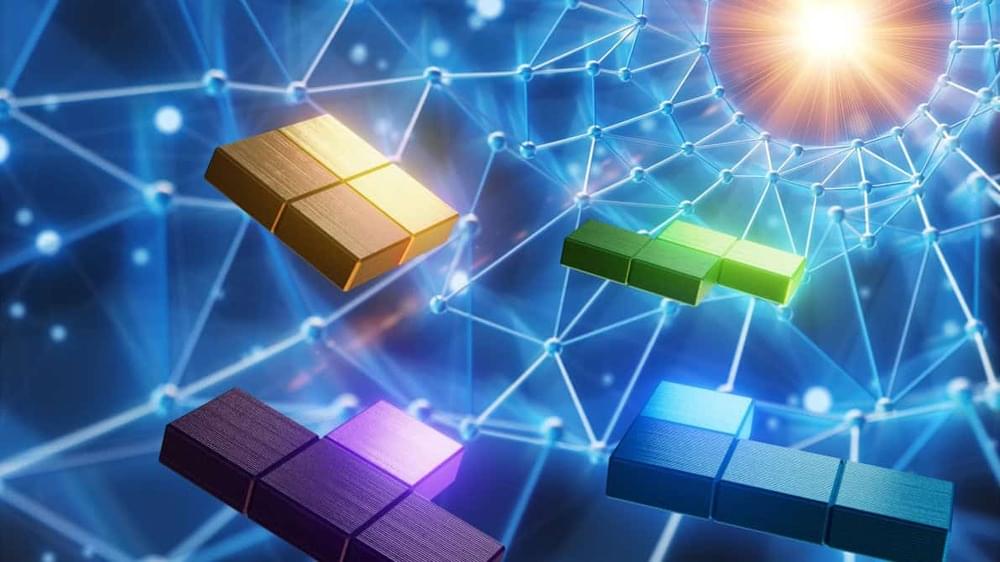
Inspired by the tetromino shapes in the classic video game Tetris, researchers in the US have designed a simple radiation detector that can monitor radioactive sources both safely and efficiently. Created by Mingda Li and colleagues at the Massachusetts Institute of Technology, the device employs a machine learning algorithm to process data, allowing it to build up accurate maps of sources using just four detector pixels.
\r \r.
Wherever there is a risk of radioactive materials leaking into the environment, it is critical for site managers to map out radiation sources as accurately as possible.
Dive into the deepest quantum mystery: how do we transition from a haze of possibilities to the concrete reality we experience? Does the answer require a profusion of universes, each shaped by different quantum outcomes?
This program is part of the Big Ideas series, supported by the John Templeton Foundation.
Participants:
Sean Carroll.
Moderator:
Brian Greene.
00:00 — Introduction.
03:38 — Sean Carroll Introduction.
04:09 — The Quantum Measurement Problem.
08:33 — The GRW Theory.
11:18 — What would be predicted with the Schrödinger equation?
15:10 — Many Worlds Theory.
17:42 — What are the implications of the many worlds theory?
22:37 — Quantum Entanglement.
29:05 — What does the future of Quantum Mechanics look like?
31:26 — Embracing the Many Worlds Concept.